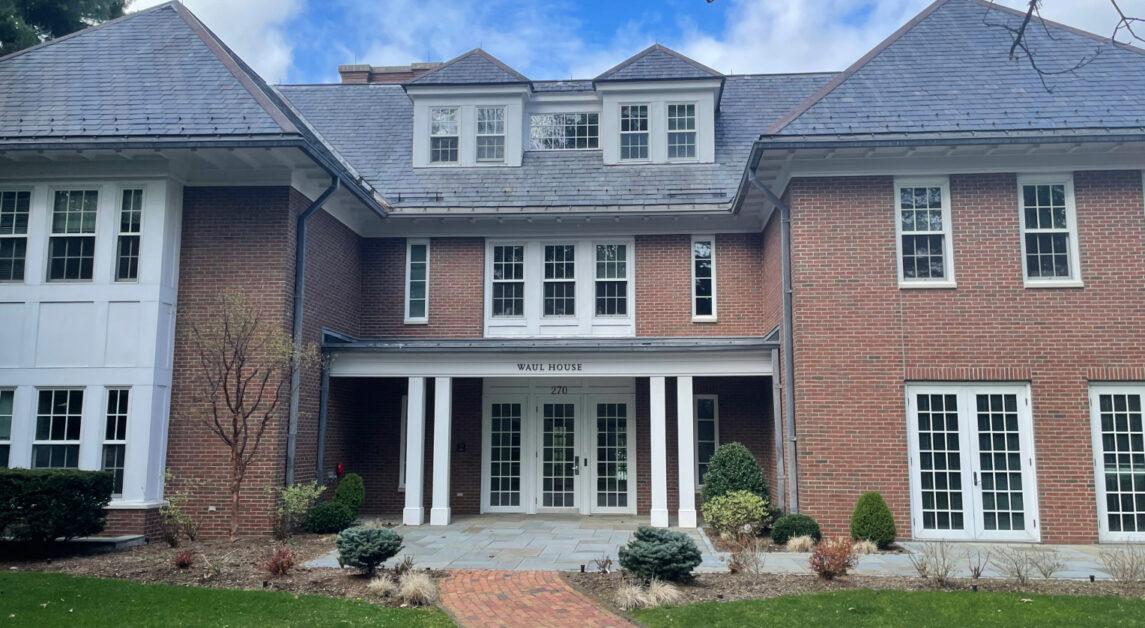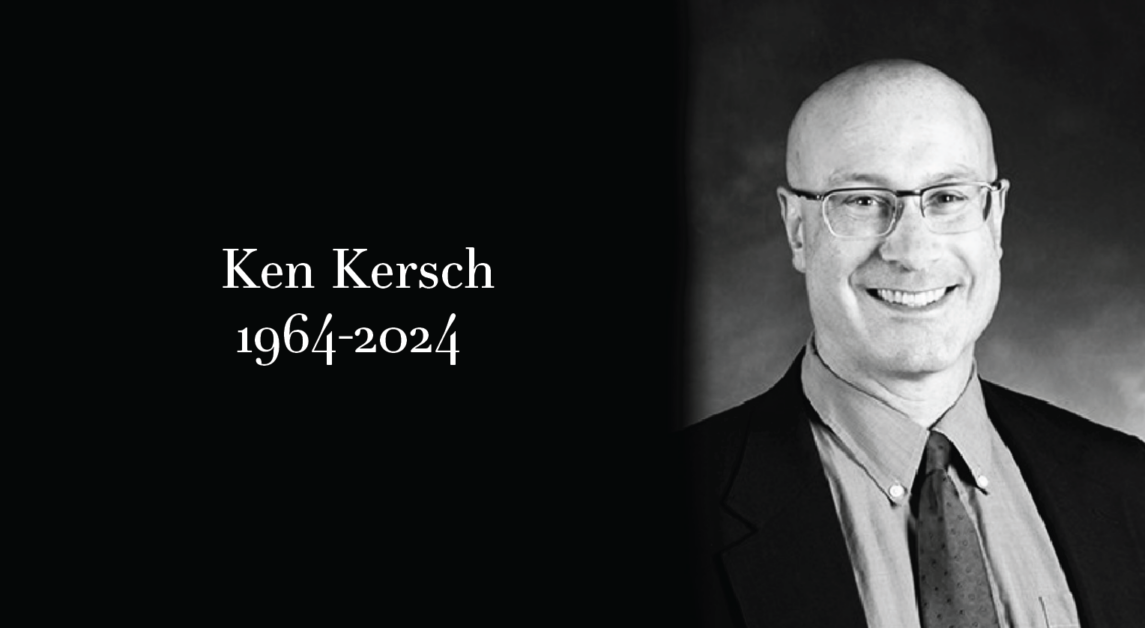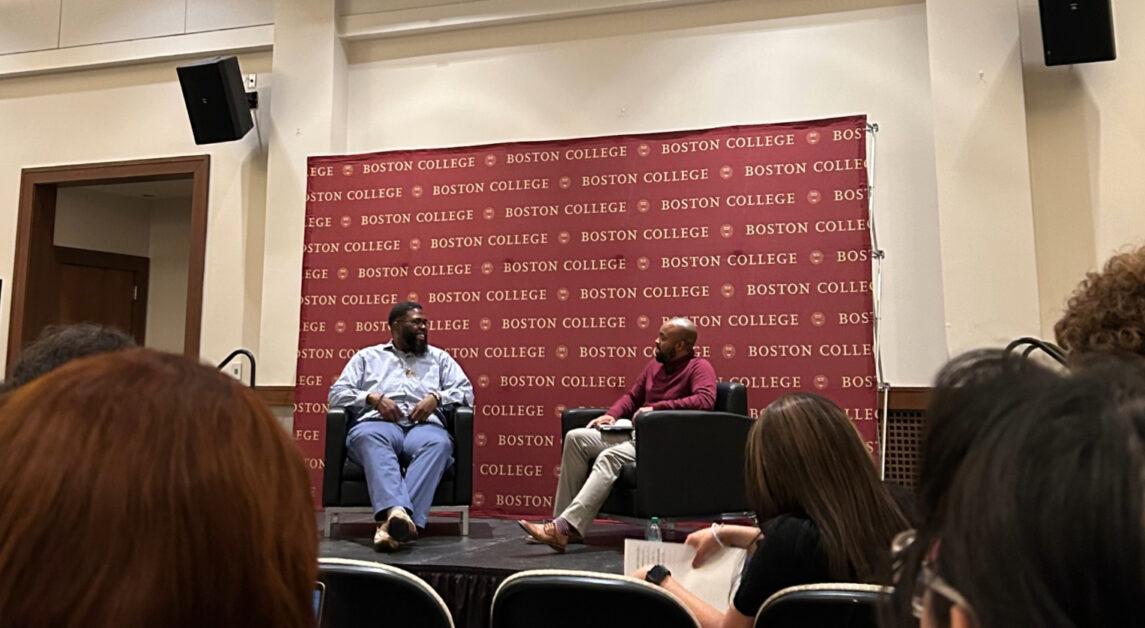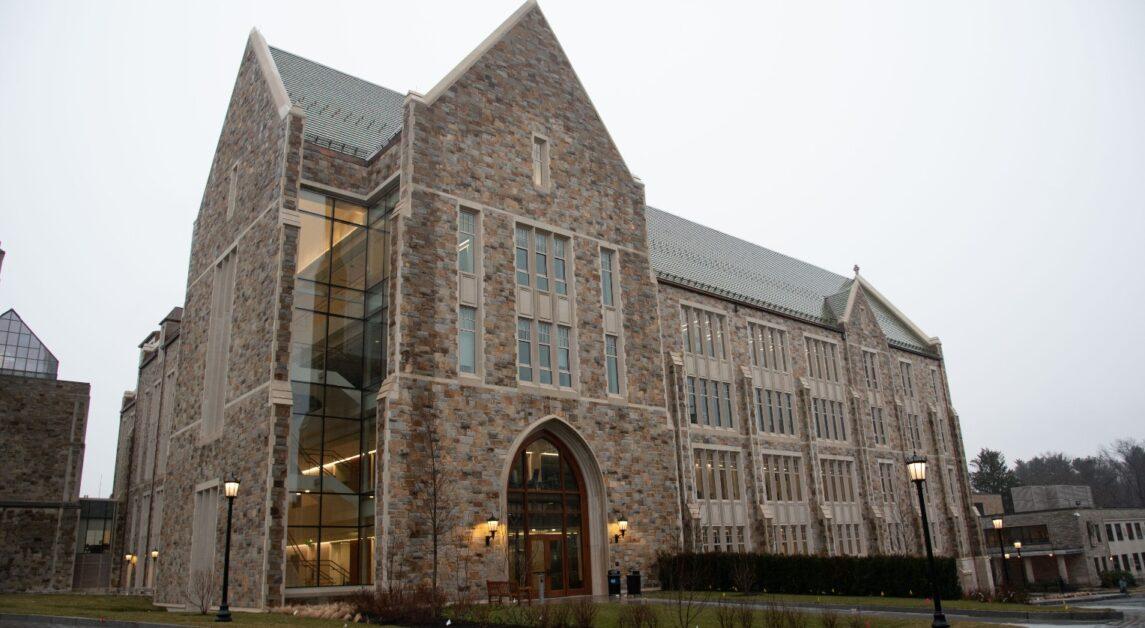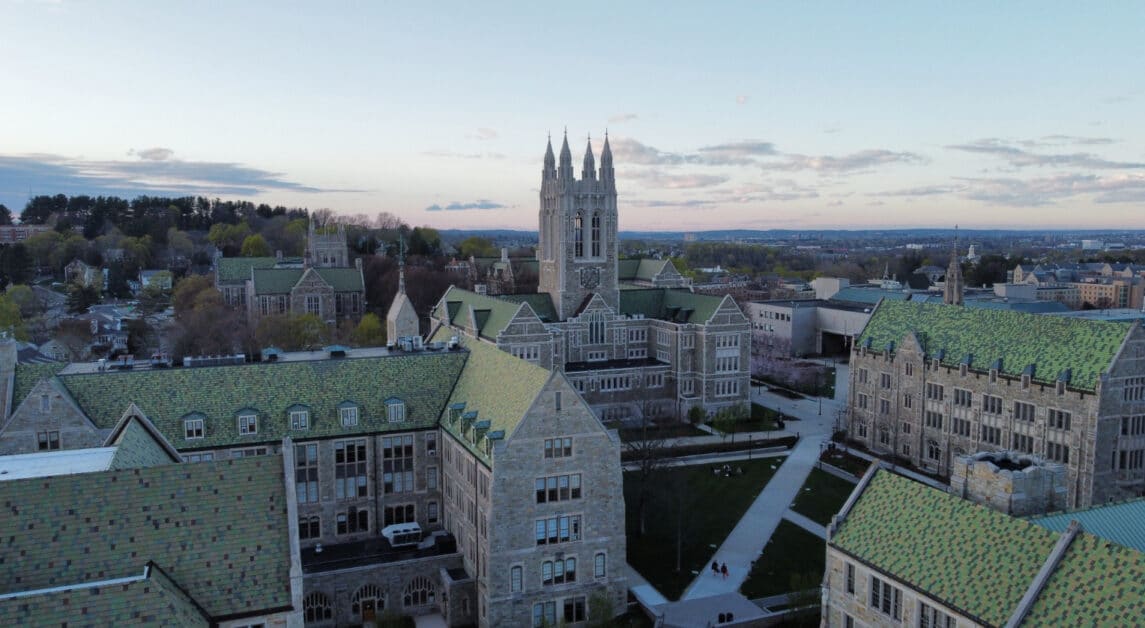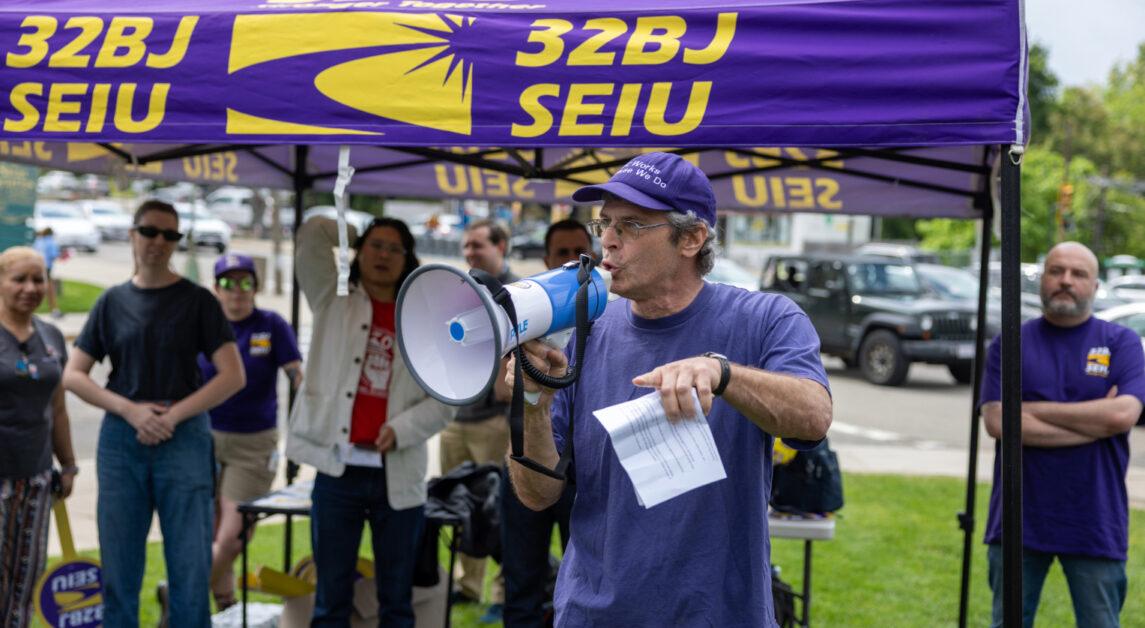The average Boston College student experiences the progression of the University’s Master Plan in trivial ways-the recurring realization that the fourth floor hallway of Maloney is narrower than it used to be, the need to speak a little louder when walking down Linden Lane in order to be heard over the St. Mary’s construction, the smell of paint in the first floor of Carney. Less than a year and a half after the opening of Stokes Hall, the memory of daily encounters with the towering skeleton of the halfway-constructed home to the humanities is fading, and with it, chatter about BC’s Master Plan and what it holds for future classes is becoming a rarity.
The plan is very much alive, however, according to Executive Vice President Pat Keating, the project’s coordinator. The current construction, though not quite as conspicuous as the erection of Stokes, is evidence of that. After its renovation is completed at the end of this calendar year, St. Mary’s Hall will again house much of BC’s Jesuit community, as well as the communication and computer science departments. During this summer, the division of Student Affairs will relocate within Maloney Hall, and the following summer, the nursing school will claim the second floor and half of the third, while mathematics moves into the fifth.
This summer will also bring the demolition of St. Thomas More Hall, which will then open the doors for construction of a new residence hall at 2150 Commonwealth Ave. and the eventual razing of Edmond’s to make room for a new recreational complex.
“We’re right on the cusp now, in the next four years, of making some more significant progress,” Keating said. In addition to the new residence hall, the apartment building 2000 Commonwealth Ave. will be transformed into a dorm and, along with the new on-campus residence hall, will be ready for occupancy in the fall of 2016. Their simultaneous opening will add approximately 1,000 beds to campus housing, resulting in a net gain of about 200 beds after the destruction of Edmond’s in the summer of 2016. The next few years will also see the addition of intramural and varsity baseball fields installed on Brighton Campus, which will open up the possibility of building on Shea Field in the future.
Although it was called the Ten Year Plan when it was first approved in 2007, the onset of the economic recession in 2008 and 2009 required the University to rethink the order, pace, and cost of the project. In addition, the strict permitting process in the city of Boston led to slower than expected implementation of portions of the plan. As a result, the plan is now referred to simply as the Master Plan, because it will not be completed within the initially intended time frame.
This Master Plan is split into two sections-the Near Term Plan and the Long Term plan. The Near Term Plan includes those projects which have been completed, those that are in progress, a Phase One to begin this summer and be completed within five years, and a Phase Two to be implemented after completion of phase one.
It was submitted to the city of Boston in 2009 and approved in 2011, after a series of neighborhood hearings and agreement on the part of BC to alter the order of the projects. For example, the city required that the construction of the new residence hall be the first part of Phase One implemented, and that renovations of 2000 Commonwealth Ave. not begin until after construction of the new residence hall is underway. Had the city not imposed these guidelines, the University would have most likely made the moving of sports fields to Brighton Campus the first priority, according to Keating.
In addition to the residence halls, playing fields, and new recreation complex, Phase One includes the destruction of Carney Hall and erection of a new dining hall in its place, as well as the moving of the McMullen Museum to the renovated Cardinal’s residence on Brighton Campus.
“[Phase One] takes us through 2018, at which point the Master Plan will have been 10 years old, and we’ll have essentially, in my mind, completed a significant aspect of the plan,” Keating said.
During the construction of the new rec plex, which is scheduled to begin in the summer of 2016 and open in the fall of 2018, Keating plans to review phase two of the Near Term Plan to ensure that it still embodies the direction in which the University hopes to move.
The current Phase Two includes a student center on Lower Campus built partially on the old location of the plex and partially on the Mod Lot, undergraduate housing on Shea Field and Brighton Campus, the replacement of a portion of the Mods with residence halls, an auditorium and parking garage on Brighton Campus, a recreational complex on Newton Campus, and an integrated science center in place of Cushing Hall.
The Long Term Plan, which looks 25-30 years in the future, contains plans such as replacing all the Mods with dorm buildings and green space and putting more undergraduate housing on College Road in hopes of moving all freshmen from Newton to Main Campus. Keating says that all plans in the Long Term Plan are tentative, however, and quite possibly will undergo modifications before they are executed.
All projects in both the Near Term and the Long Term portions of the Master Plan adhere to principles that were drawn up in 2005 and 2006, when official discussion began about the physical future of the University.
“We had completed a strategic plan, so the president asked me to organize the effort [to create an institutional Master Plan],” Keating said. “We hired an architectural firm, we created a committee of trustees, senior administrators, faculty and academics, key people from around the campus, that sat with the architects, and we took all of what we thought were our program needs, and worked with the architects to figure out how we could put them into the plan.”
They also came up with five principles to guide the development of the plan. The first was a goal to create an integrated campus, in which dining, athletic, academic, and residential facilities are interspersed throughout the campus, rather than designated to separate areas.
The second principle was the green quadrangles as a way to drive the organization of the campus. Keating pointed to the Stokes green, the main academic Quad, O’Neill Plaza, and the green that may one day replace the Mods as examples of this. Thirdly, they wanted to “reduce the competition between cars and pedestrians” by reducing the number of streets that cut through campus.
Keating spoke of their desire to stop Campanella Way at the entrance to the Comm. Ave. garage, and make the remainder of the street, which now curls past Conte and Alumni, a service drive. The fourth principle was to respect the architectural heritage of the campus and create a cohesive-looking campus. Keating spoke of the strong Gothic language of Middle Campus and their hope to expand that more to Lower Campus and Brighton as well. Sustainability was the final principle, with the plan promising that all buildings built under it would be LEED (Leadership in Energy and Environmental Design) certified.
“Those are the principles we established, and then there were the needs from the strategic plans,” Keating said. “We had academic spaces we needed-we needed more humanities, we needed more nursing space, we needed a science building, a student life area, a new dining hall, new student center, rec plex. And we also wanted to achieve 100 percent University housing. So take the five principles and all those needs, it was a pretty interesting process to sit down and say, ‘Take this land, how do we make all that work?'”
The purchasing of Brighton Campus from the archdiocese beginning in 2004 gave the committee much more freedom when envisioning the future of the University, and made possible the achievement of 100 percent on-campus housing, which they hope to accomplish within the Long Term Plan. The Brighton Campus was also the site of many of the Master Plan’s first projects, which have already been completed. The renovation of the now-Cadigan Alumni Center and 129 Lake St. enabled the relocation of Advancement, Finance, and Human Resources from St. Thomas More Hall. St. Williams Hall was also developed into the School of Theology and Ministry, and housing was erected for faculty and scholastic scholars of the School of Theology and Ministry on Foster St. The renovation of Gasson Hall and construction of Stokes are the two completed Master Plan projects to have taken place on Main Campus.
“It’s a little bit of a challenge being in two municipalities because they have different processes,” Keating said.
To build in Boston, the University must submit a Master Plan every 10 years, and then return to the city to get each individual project reapproved as they progress through the plan. The city of Newton, on the other hand, does not require a Master Plan, and simply evaluates proposed projects as they arise. BC’s relationship with Newton has not been entirely smooth, however. Plans created in 1990 for a student center to replace McElroy Commons resulted in the city of Newton filing a lawsuit against BC. Although BC eventually won the case, by the time it was settled, Brighton Campus had been purchased and the option of putting a student center on Lower Campus had opened up. The committee felt it made more sense to put it there, and the Long Term Plan includes academic buildings where McElroy currently stands.
Although the University has not accomplished quite as much of the Plan as they had originally hoped back in 2007, Keating is proud of the progress that has been made, and believes that the end of Phase One of the Near Term Plan will mark the conclusion of a remarkably productive 10-year period of campus improvement.
“I would say it’s a pretty active period of renovations, construction, and improvements, versus past 10-year periods,” he said. “If we can finish [Phase One] by 2018, we’ll have really made a big step.”

